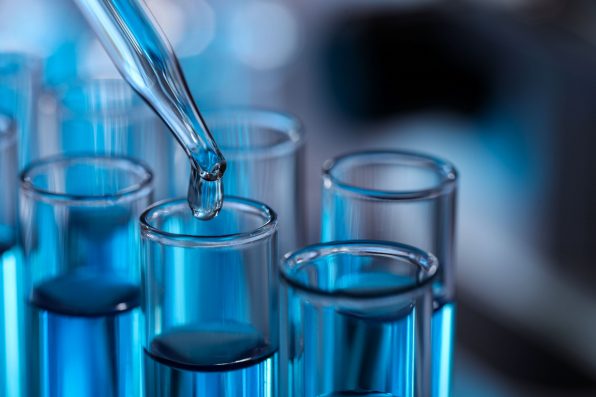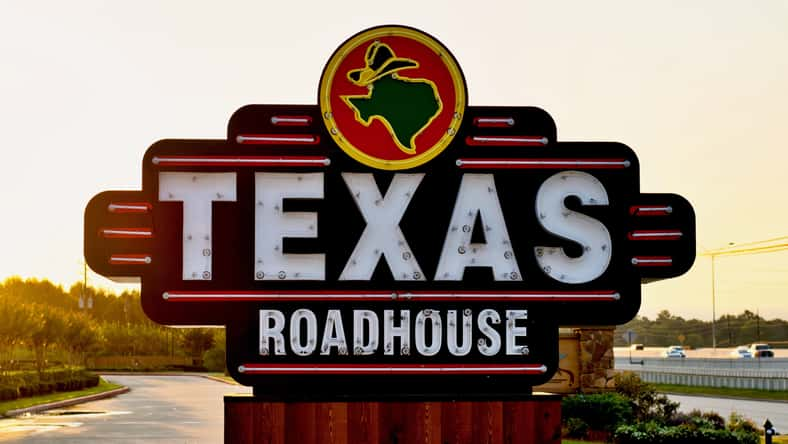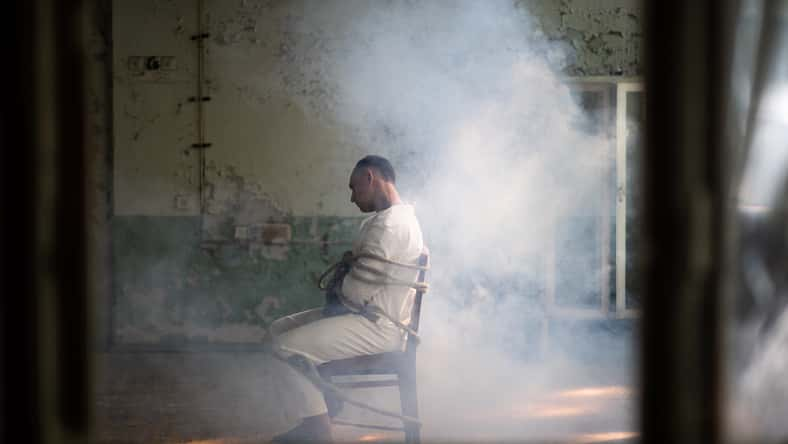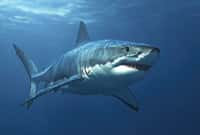
In the 1980s, an Australian physician named Barry Marshall made a groundbreaking discovery that revolutionized the treatment of stomach ulcers.
At the time, he hypothesized that certain bacteria caused ulcers. To prove his theory, he drank a concoction of bacteria. His self-experimentation confirmed that stomach ulcers were caused by bacteria, not stress and spicy foods, which was the belief at the time.
Marshall graduated with a bachelor’s degree from the University of Western Australia in 1974. He worked at Royal Perth Hospital from 1977 to 1984. Later, he taught medicine at the University of Western Australia.
In the early 1980s, Marshall became interested in the research of pathologist Robin Warren. In 1979, Warren observed the presence of corkscrew-shaped bacteria in the lowest part of the stomach after performing gastric biopsies on half of his patients. He noticed that the bacteria directly correlated with gastric inflammation.
Warren and Marshall began working together to determine the significance of the bacteria. They studied the biopsies of 100 patients.
Eventually, Marshall was able to cultivate the bacterium, which was later named Helicobacter pylori. The experts began to suspect that gastritis and peptic ulcers were caused by H. pylori.
Their findings contradicted the idea that stress, the consumption of spicy foods, and other lifestyle factors were the culprits of ulcers in the stomach. The theory of bacteria causing ulcers was not new.
In 1899, Polish gastroenterologist Walery Jaworksi was the first to propose the concept. Since then, the theory has been repeatedly rejected based on the belief that microorganisms cannot survive in the stomach’s acidic environment.
Marshall and Warren were the first to accurately identify the bacteria. They were also correct in their argument that H. pylori was hiding under the stomach’s mucous layer, which has a neutral pH. For 10 years, they fought to have their hypothesis heard.

In 1983, Marshall presented the theory at a meeting in the Royal Australian College of Physicians in Perth, Australia. The experience went poorly, and his research was rejected by the professionals in attendance.
“I did the presentation, and the gastroenterologists didn’t believe a bit of it. Someone sort of stood up and said, ‘Barry, you know, people with duodenal ulcers don’t have gastritis—’ But I had done so much literature searching I knew that they were wrong. So it was difficult to tell your senior bosses, trained at the Mayo Clinic, that they were wrong,” Marshall said.
It also challenged traditional treatments, which included antacid medicines that were commonly prescribed to patients suffering from stomach ulcers.
Pharmaceutical companies were not thrilled over the researchers’ assertion that taking a short round of affordable antibiotics would cure the bacterial infection that caused the ulcers.
Marshall knew they had to conduct an animal experiment to persuade the medical community. They started with pigs, but that didn’t work out.
“The thing about pigs is they’re born in such filth, they’re covered with bacteria and have very strong immunity. So, we couldn’t get the bacteria to take! At the end of that experiment, it had gotten nowhere, and I’d wasted six months,” Marshall said.
So, he decided to drink a culture of H. pylori. Within a week, he developed stomach pain and other symptoms of gastritis. Two endoscopies confirmed that he had gastritis and ulcers. Then, he took antibiotics and cured himself.
Ultimately, the discovery earned him and Warren the Nobel Prize for Physiology or Medicine in 2005.
Sign up for Chip Chick’s newsletter and get stories like this delivered to your inbox.












